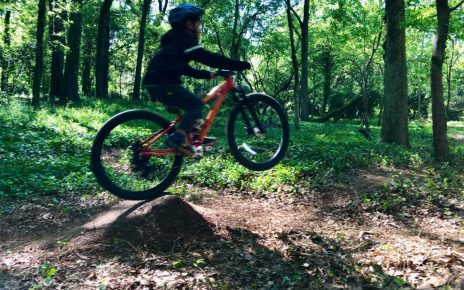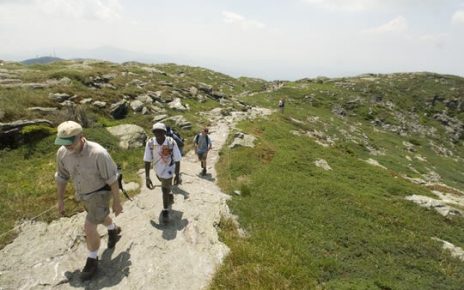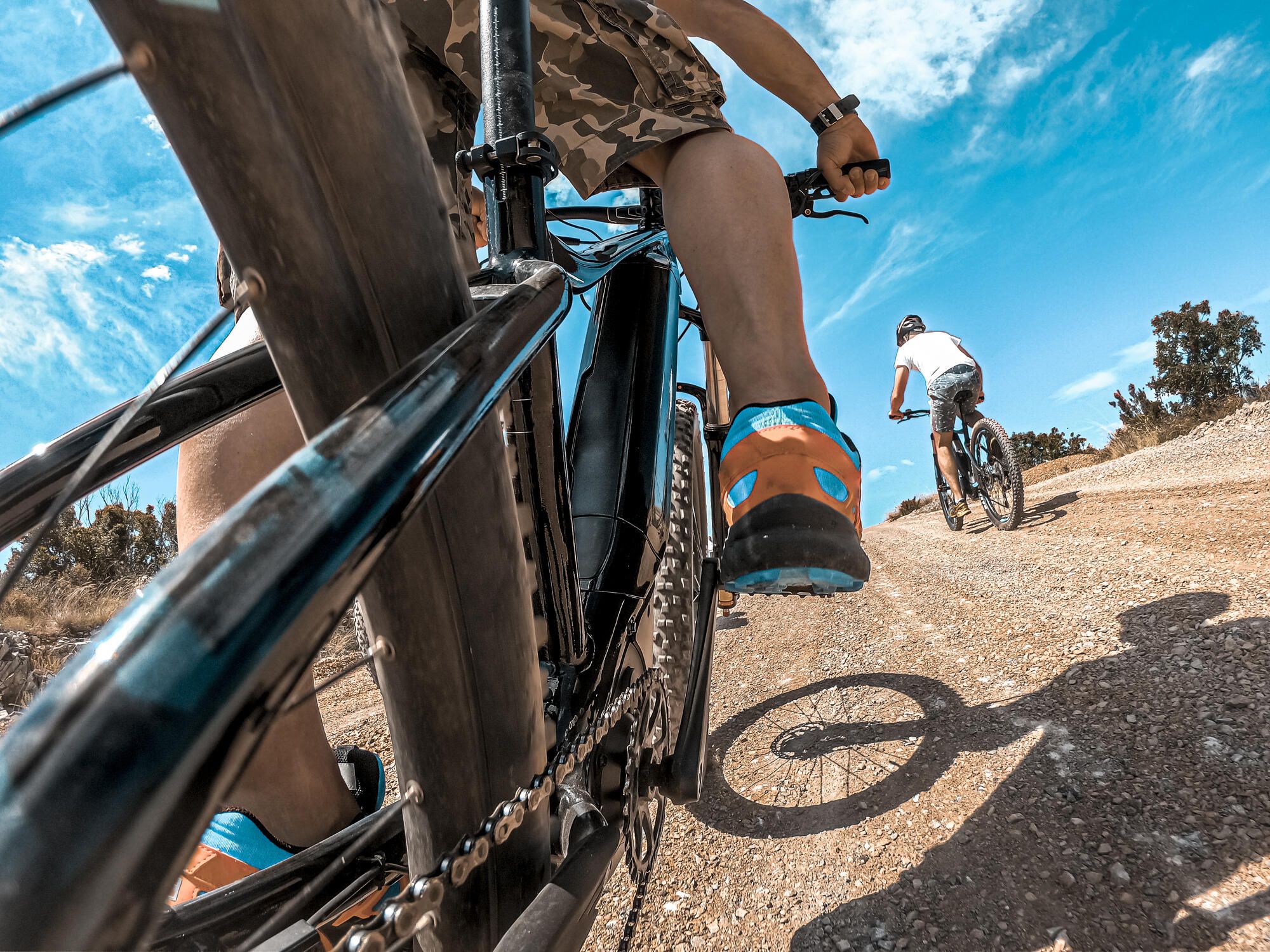
E-bikes make cycling more accessible.
Extreme-Photographer/Getty Images
When I started mountain biking, I quickly learned something: Many mountain bikers see electric bikes as a way to cheat the trails.
I’ve never used an e-bike and I don’t know personally know anyone who does, but I felt disgusted by this community-wide conversation about how electric bikes are useless, dumb and reserved for people who don’t want to put in the work.
How ableist, I thought. So I started digging into the world of e-bikes to learn what purposes they serve and who can benefit from them. This may come as a surprise to many bikers, but e-bikes evidently have many uses — not one of them being a way to cheat.
Read more: The best cargo e-bikes for 2021
What are e-bikes?
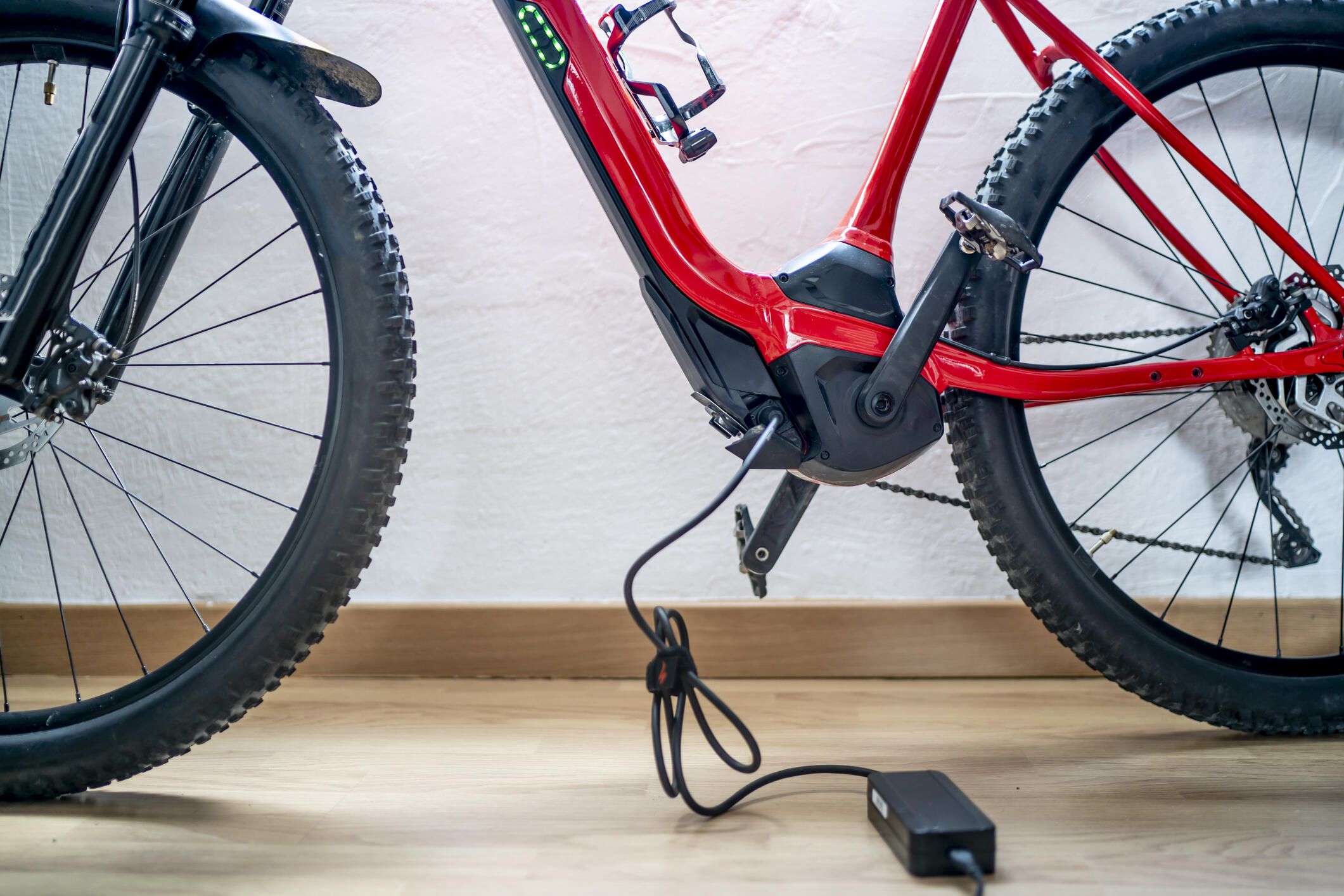
E-bikes are bikes with electric motors. They generally have fatter tires than nonelectric bikes, and the integrated motor helps with propulsion — simply put, they make pedaling easier.
Whether you prefer road cycling, mountain biking or fat-tire biking (usually used for sand and gravel), you can find an e-bike made for that express purpose. Just like standard bikes, electric road bikes will have thin tires, electric mountain bikes will have thicker, more rugged tires and electric fat-tire bikes will have (you guessed it) fat tires.
Are e-bikes cheating?
No. Despite the assistance an e-biker receives from the motor, electric bikes are not “cheating.” The assistance from the motor is meant to augment human power, not completely replace it. Most e-bikes don’t work if you don’t — the motor only runs when you pedal — so e-bikers don’t pedal merely for theatrics.
Some e-bikes do have throttles, but many countries lump those in the same class as scooters, motorbikes and mopeds. Throttle-controlled e-bikes often aren’t allowed on the same trails as pedal-assist e-bikes. Other e-bikes may have both options (called hybrid e-bikes), but again, may not be allowed on all trails.
Can e-bikes help you get fit?
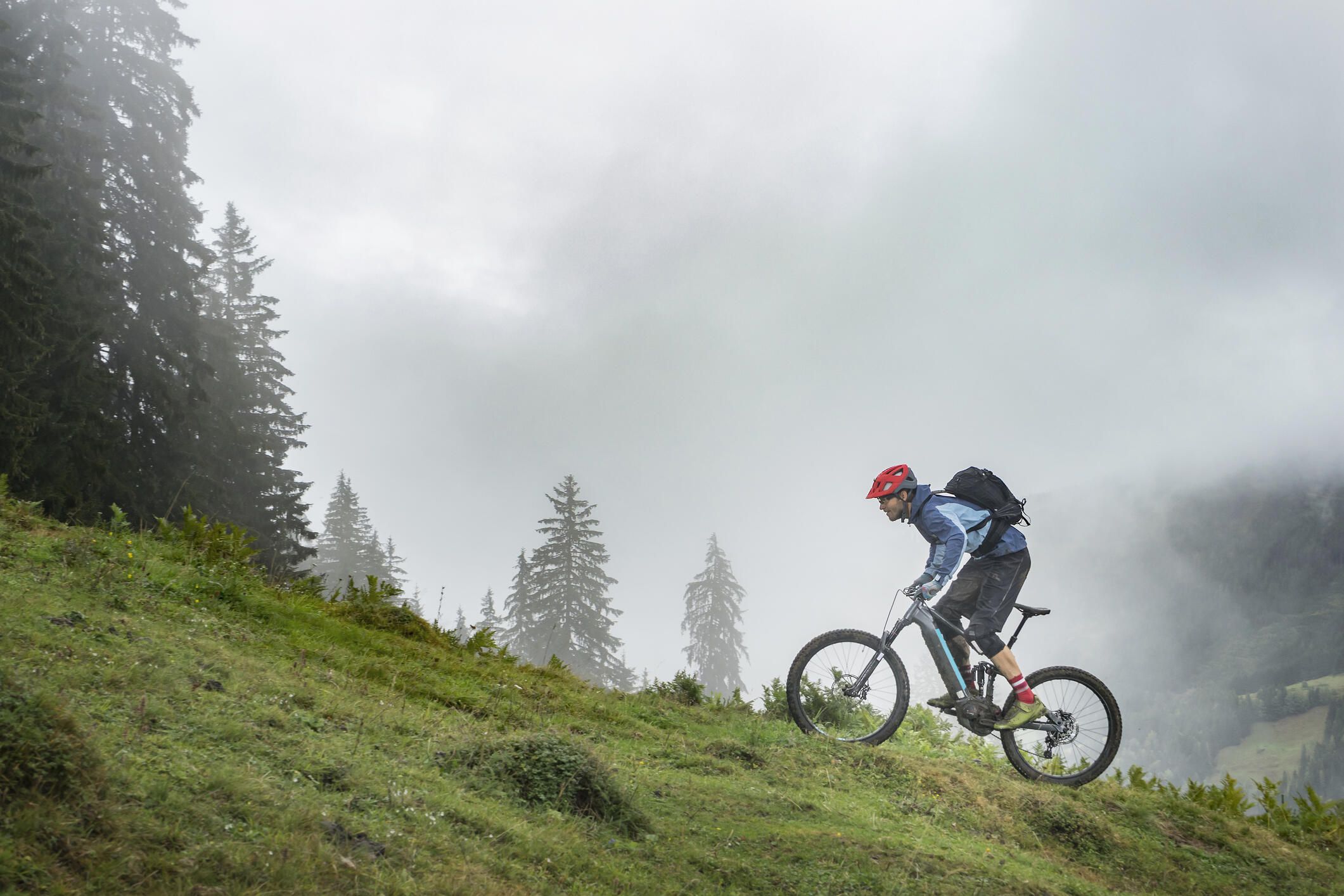
E-bikes can make tough trails easier for people with disabilities or who want to expand their trail options.
Robert Niedring/Getty Images
E-bikes are an incredible way to get some exercise, even for advanced bikers or super fit people.
Electric bikes can improve your fitness and biking skills in ways you may never have thought of. They can help you tackle steep hills and push through headwinds, allowing you to travel further without getting as fatigued.
One study finds e-bikes to be a valid way to substantially increase physical activity for previously sedentary people.
Plus, most e-bikes have several modes, so riders can toggle between lots of power and minimal power to best support their fitness level and the challenge at hand.
For instance, an intermediate mountain biker might stick to the lowest level during most trail features, but toggle to a higher setting for inclines they otherwise couldn’t climb. I bet that biker would still be breathless and sweaty at the top of the hill.
Who should use an e-bike?
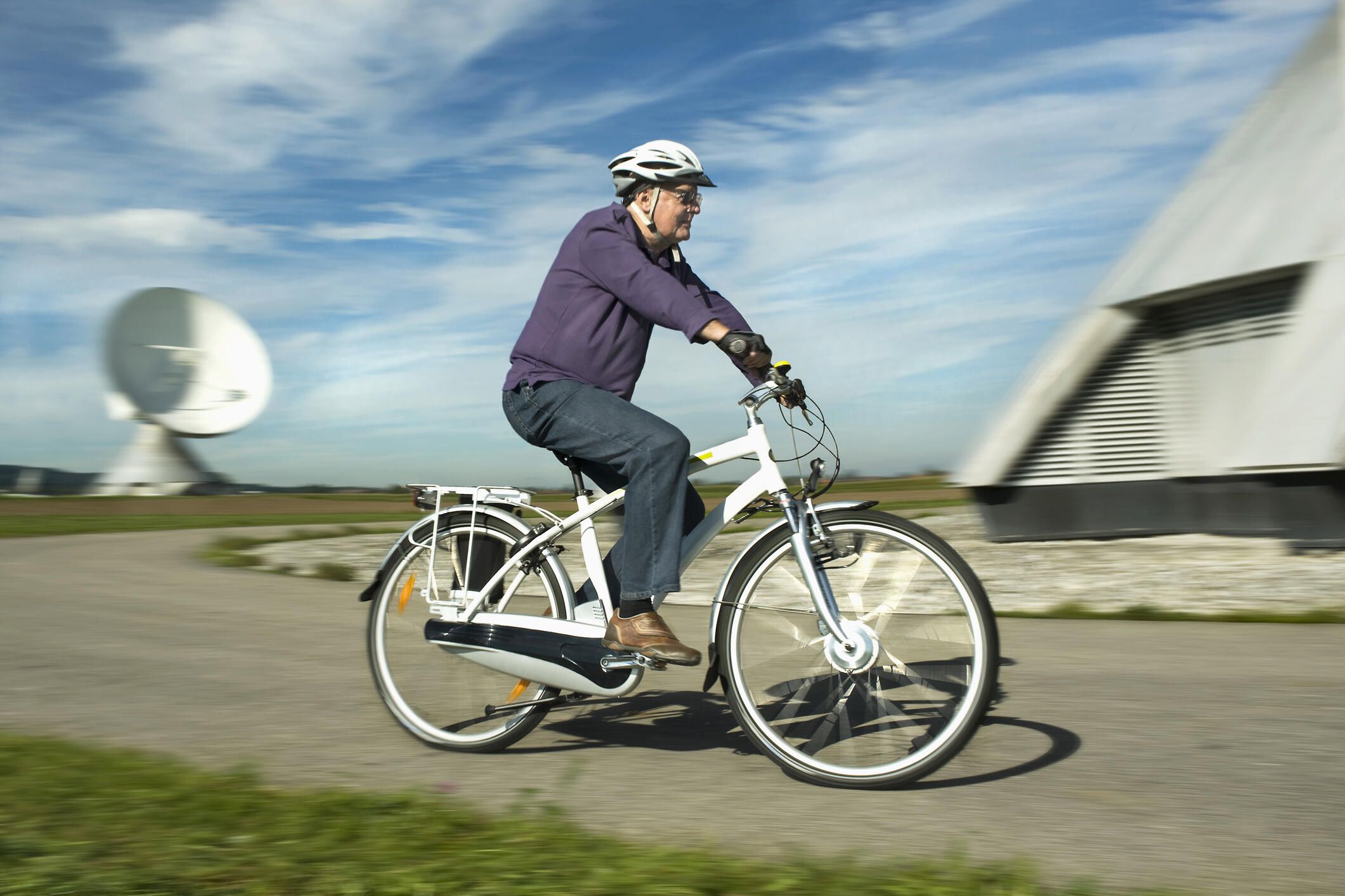
E-bikes can help many groups of people get more exercise.
Westend61/Getty Images
Anyone who needs or wants a little bit of assistance on the road or trails can benefit from an e-bike. Here are a few groups who can especially benefit:
- People with disabilities: E-bikes open up a world of possibility for people with disabilities that preclude them from riding standard pedal bikes. There are many different styles of e-bikes to accommodate unique physical needs.
- People with medical conditions: Those with heart, lung or blood-vessel conditions can enjoy cycling thanks to e-bikes, which reduce strain on the cardiovascular system compared to standard bikes.
- Older adults: Avid cyclers who are getting older — or older adults who want to start — may benefit from e-bikes thanks to the reduced strain.
- New and intermediate trail bikers: For those just getting into mountain biking, e-bikes can help you gradually build up your cardio fitness and confidence by aiding you through technical sections like roots, rocks, drops and skinnies — and all trail bikers know confidence is key to tackling technical trails.
- Long-distance cyclists: Looking to go the distance? An e-bike can help you reach all your cycling goals and dreams, such as finishing a cross-country biking route.
- People who bike to work: If your main mode of travel is a bike, an e-bike can cut your commute time down by a lot. You’ll end up saving hours in the long term.
- Anyone who just wants to have fun: Not everyone who cycles is in some sort of competition. E-bikes can make tough rides more enjoyable for people who bike as a hobby.
- Serious bikers who want to ride on recovery days: If you bike for the fitness aspects or for competition (and you can afford a second bike), consider an e-bike for recovery days. You can take it for a spin when you really want to go out, but know your body needs some rest.
In the end, e-bikes are helping to make the world of cycling more accessible and more fun. End e-bike shame and share the trails.
The information contained in this article is for educational and informational purposes only and is not intended as health or medical advice. Always consult a physician or other qualified health provider regarding any questions you may have about a medical condition or health objectives.

